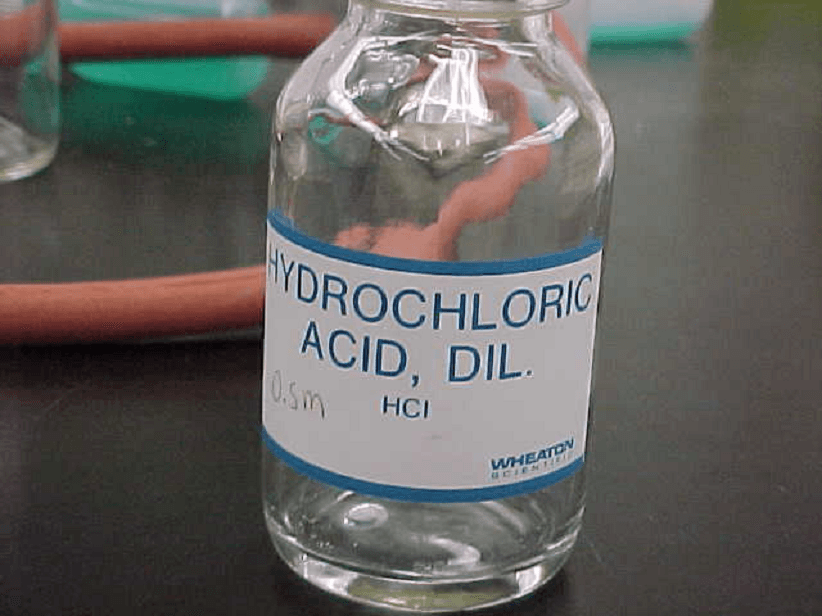There are two types of cleaning detergents: alkaline-based or acid-based detergents that are often formulated with surfactants, chelating agents, and emulsifiers to enhance the effectiveness of the detergents.
Along with the cleaning agent water is also an active ingredient that actually adds to detergency of cleaners. Water breaks up soil particles after the surfactants reduce the surface tension and allow the water to penetrate the soil and acts a universal solvent. Many of the water based ready to use formulations may contain as much as 90-95% water. With this much water present in a cleaner, why do they work so well?
Water
Water also keeps the soil suspended away from the clean surface so that it can be cleaned during rinsing process and works as an anti-redeposition agent.
Following are the important characteristics cleaning agent should have:
- Capable of wetting surface to penetrate the soil deposit
- Have capacity to break the soil into fine particles
- Hold the small fine particles into suspension
- Prevent the residues to redeposit on cleaned surface
Alkaline Agents
Alkaline detergents are most effective in removing organic soils, i.e. oils, fats, proteins, starches, and carbohydrates encountered in pharmaceutical and biopharmaceutical industries. Alkaline detergents work by hydrolyzing peptide bonds and breaking down large, insoluble proteins into small, more easily soluble polypeptides.
Sodium Hydroxide
Sodium hydroxide is widely used in breweries worldwide. It effectively dissolves proteinaceous soils and fatty oils by saphonification. This makes it a natural choice for cleaning in pharmaceutical applications. Sodium hydroxide is an acutely excellent emulsifier too. It is unrivaled in its ability to dissolve protein and organic matter if used in conjunction with chlorine, surfactants, and chelating agents. It is very cheap and easily available and easy to dissolve in water.
Sodium Hydroxide/Hypochlorite Solutions
Caustic/hypochlorite mixtures are particularly effective in removing tannin deposits, but are used varieties of cleaning. These mixtures can be used in CIP systems for occasional purge treatments or to brighten stainless steel.
Acidic Agents
Acid detergents are often used in a two-step sequential cleaning regime with alkaline detergents. Heavy soils, oils, and glucans are unaffected by acid detergents. Acid detergents are also used for the prevention or removal of water scale (calcium and magnesium carbonates), and aluminum oxide. Acid detergents are more effective against bacteria than are alkaline detergents.
Phosphoric Acid
Some of the residues which are not able to get cleaned with alkali rinse can be easily removed with acid wash.
- Phosphoric acid useful in removing protein residues.
- Also act as a neutralizing agent after the alkali wash.
Cleaning performance of acids is greatly enhanced by adding an acid-stable surfactant, which promotes penetration of surface deposits and assists in the process of rinsing at the end of the cleaning process.
